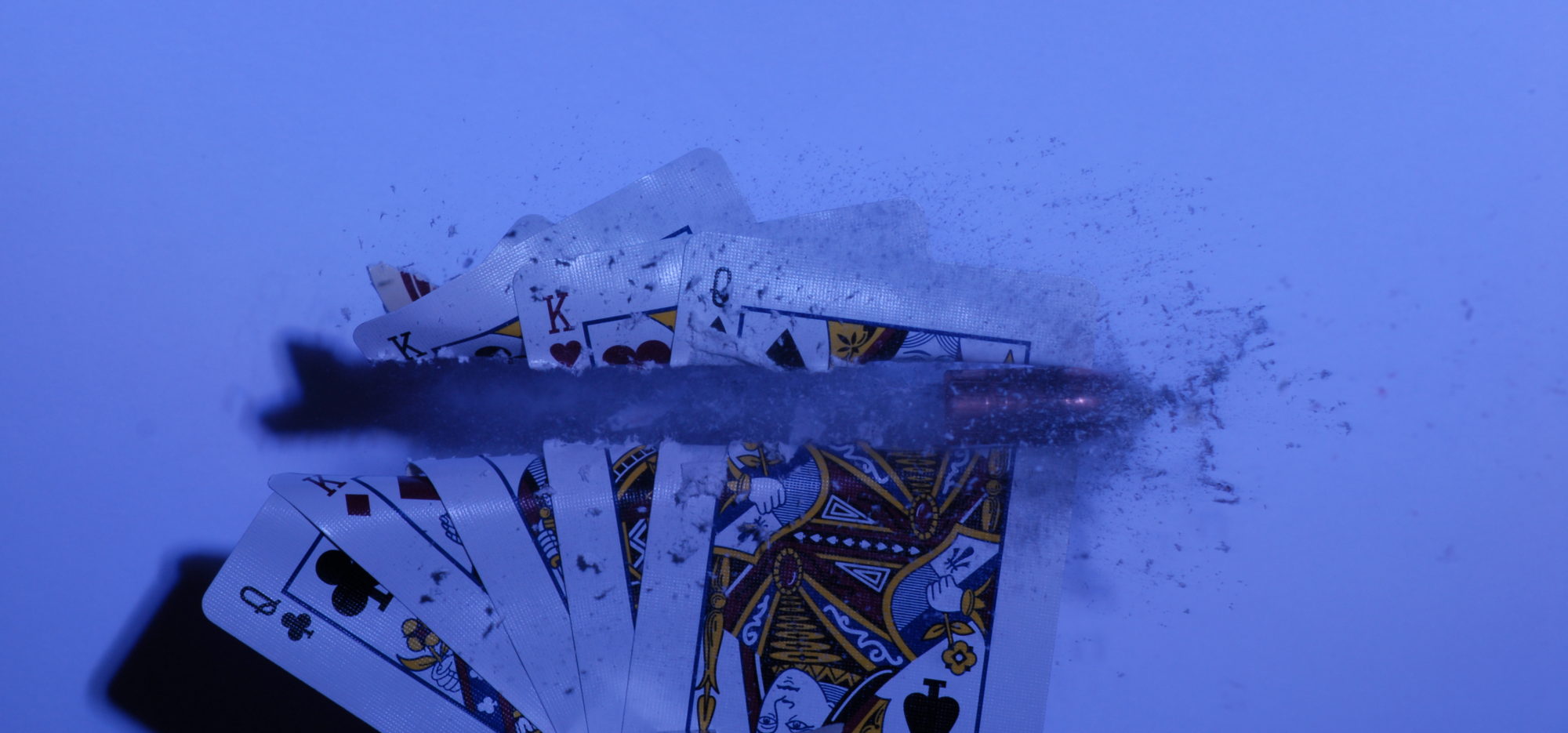Good Afternoon –
We are a firearms dealership in (Withheld), and we do consulting work for
various projects in Africa and the Far East.
Some years ago, I was invited to tour the Norma Ammunition factory in
Sweden to do a series of articles for a local magazine. To say that I was
impressed by their quality control procedures and labs would be an
understatement.
Would you be able to point me in the direction of suppliers for various
ammunition quality control instrumentation?
Many thanks in advance for any help you can offer,
Yours faithfully,
JL
Good Afternoon,
Thanks for reaching out.
It all depends on what exactly you are looking to do quality control on, and to what standards you plan on testing to. Most countries outside of the United States test to the CIP Standards when it comes to Pressure and Velocity. The most popular transducer is the Kistler 6215, I have linked the information here. https://www.kistler.com/en/product/type-6215/
This transducer samples the gases directly, which requires a hole to be drilled in the case. It also requires frequent maintenance, every 20 rounds the heat shield needs to be replaced. I have seen these $3,000 transducers be destroyed by gas cutting if they are not installed or maintained properly.
The SAAMI method of testing is more conducive to production settings. These conformal transducers are relatively maintenance free and can test thousands of rounds without failure. The only times I have seen these sensors fail is during an over pressure event or if they have been dropped. The down side to conformal is the requirement for each transducer to conform the body of the case, as well as the requirement for shell calibration to determine offset. The calibration equipment is expensive $100k+ and each new cartridge requires it’s own calibration adapter which is on the order of $3,000. The sensors however are a bit cheaper at roughly ~$2,000 however you’ll end up with a collection as each sensor only conforms to a limited number of case bodies. For the transducer and calibration adapter PCB is the manufacturer I have linked them here. https://www.pcb.com/sensors-for-test-measurement/pressure-transducers/ballistic
I believe it is Modal shop that manufactures the high pressure pump required to perform shell calibration. If you reach out to PCB they can tell you who they recommend for high pressure calibration pumps. Both the Kistler and the PCB transducers require charge amp. Both companies make their own versions. I am preferential to the Kistler, 5015A which I have linked here. https://www.process-controls.com/intertechnology/Kistler/ACC_Model_5015A.htm
In terms of Universal Receivers there are a few companies that produce them Wiseman being the one that comes to mind. With you being a foreign entity you may run into some issues with exports from the US due to ITAR restrictions. Test barrels can be manufactured by most of you major barrel manufactures. Just let them know the specs you need for the testing standards you plan to test to.
SAAMI testing requires Reference ammunition for calibration, this can be ordered from US Manufacturers directly. CIP does not require reference ammunition to be fired, but it is a good idea.
Oehler is something of the gold standard when it comes to ballistic data collection. They have a system the Oehler 85 which will measure the velocity data from the chronographs and pressure data from the transducer and report to a standard PC. Here is there website https://oehler-research.com/
In terms of manufacturing of bullets, brass and components the equipment isn’t overly specialized from other deep draw or swaging machine processes. Micrometers, Milligram Scales, and horizontal optical comparators, are very much at home in on the component side. While case gages, cartridges gages, and test fixtures for neck tension evaluation is found on the ammunition production side of things.
I could probably write half a book on all the specific tools and equipment you might find used for quality control. However hopefully this gives you a decent overview of where to look on some of these items. If you have more specific questions please feel free to ask and I can help where I can.
Here is some links for the CIP and SAAMI testing protocols
Thanks again for reaching out,
Jay Andrew
Good Morning Jay –
Thank you very much for taking the time to put this letter together; you
have given me a good direction to start in and a lot of material to wrap my
head around.
Thanks very much again!
Kind regards,
JL
